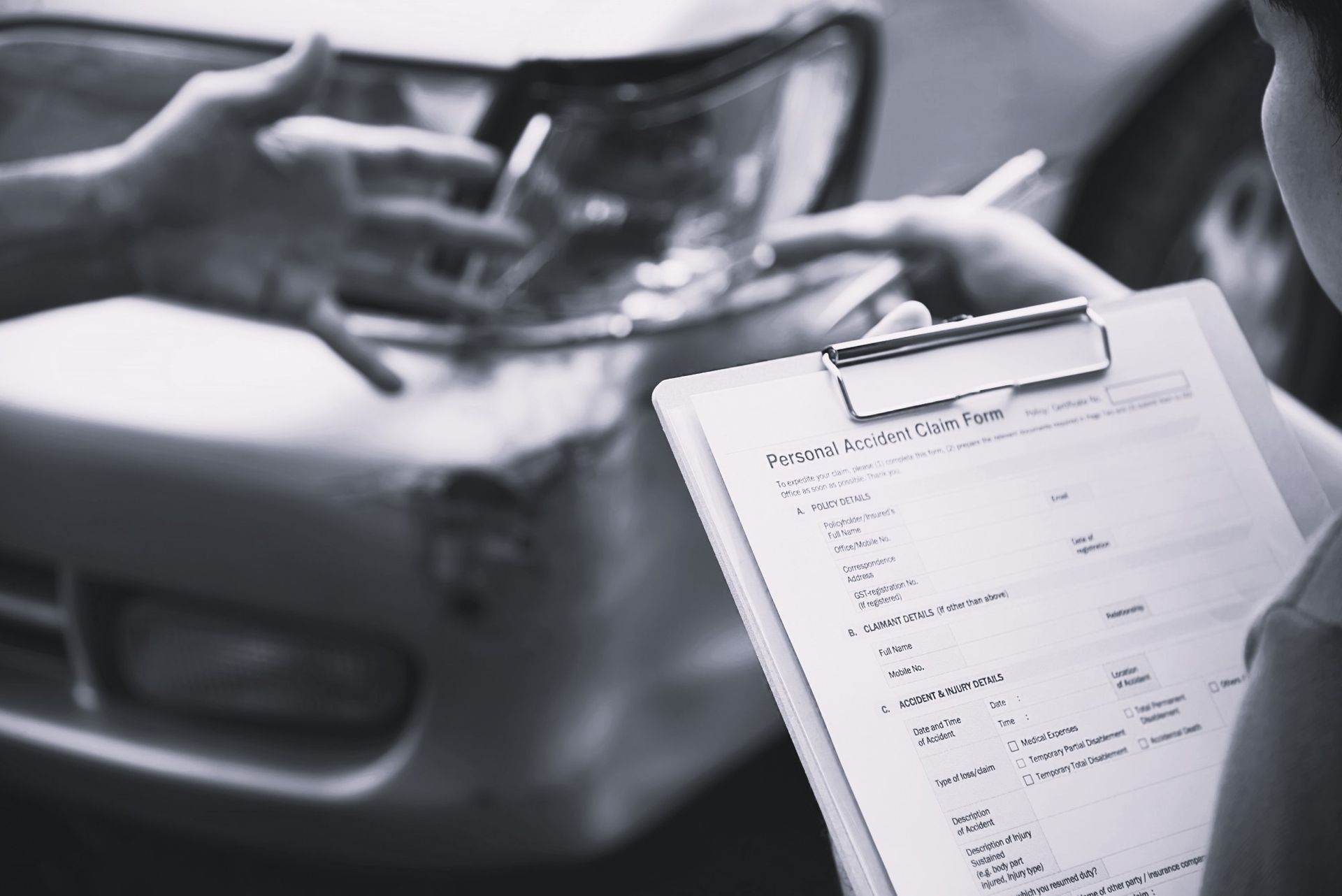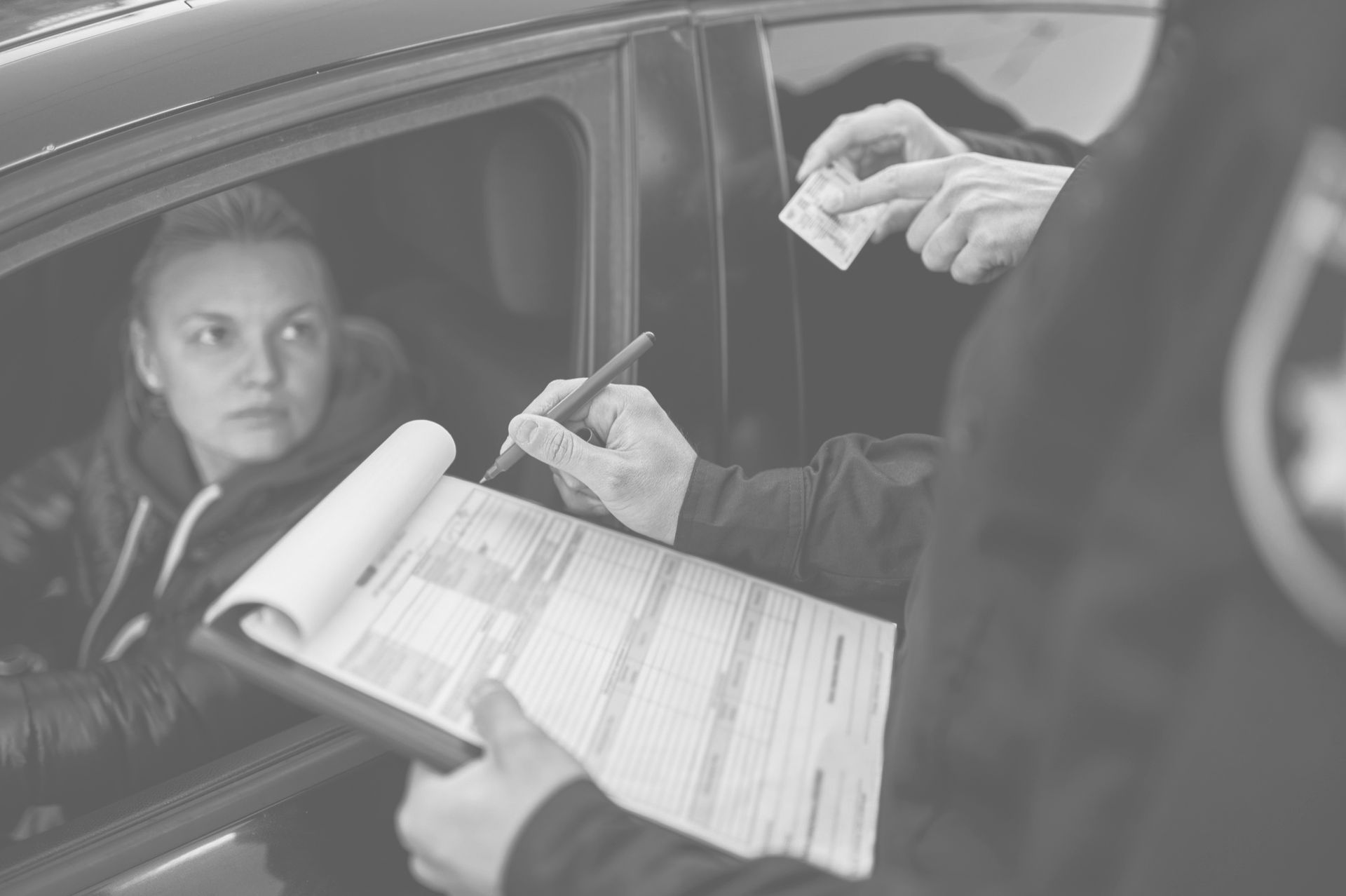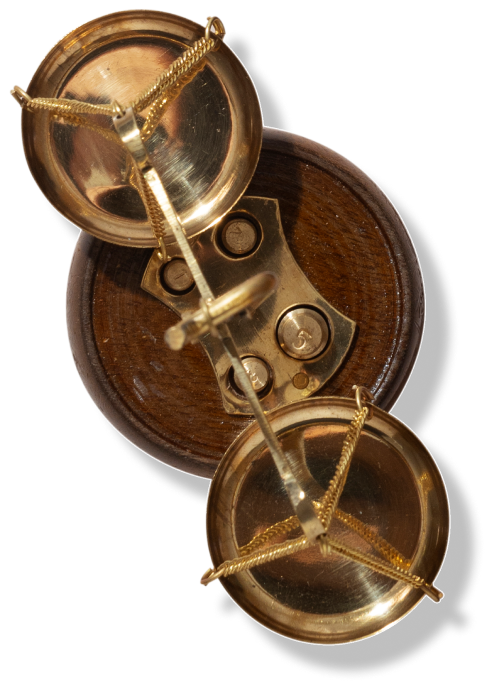If Your Vehicle Begins to Skid You Should Know This
Written by Law Office of Rolando Cantú, reviewed by Rolando Cantú
If Your Vehicle Begins to Skid You Should Know This
A motor vehicle skid is one of the most unsettling experiences a driver can have. In a split second, the tires lose grip, the car slides out of control, and panic sets in. Your response in those first few moments determines whether you regain stability or crash. So, if your vehicle begins to skid you should take immediate, counter-intuitive action: release both the accelerator and the brake pedal, and steer gently in the direction of the skid.
This action is focused on one thing: re-establishing tire traction by slowing the vehicle's momentum without causing the wheels to lock up. By staying calm and executing this precise sequence, you give yourself the best chance to recover control and avoid a serious
car accident.
Why Vehicles Lose Grip: Main Causes of Skids
A skid is not typically a mechanical failure; it's a loss of traction caused by an imbalance between the force you apply to the tires and the grip the road offers. Knowing the triggers is the first step toward prevention.
Driver-Related Causes
Driver input is usually the primary factor that initiates a skid. These actions overwhelm the tire's ability to maintain contact with the road:
- Excessive Braking: Slamming on the brakes, especially in older cars without Anti-lock Braking Systems (ABS), can cause the wheels to lock up and slide.
- Hard Acceleration: Punching the gas, particularly on front-wheel drive (FWD) vehicles, causes the tires to spin wildly and lose control.
- Sharp Steering: Turning the wheel too quickly or sharply at speed forces the tires to lose lateral grip.
Environmental Causes
Road conditions drastically reduce the margin for error, making skids easier to trigger:
- Slippery Surfaces: Rain, snow, ice (especially black ice), and standing water (hydroplaning).
- Road Hazards: Patches of loose gravel, sand, or oil spills.
- Tire Condition: Worn-out, balding tires offer insufficient tread depth and dramatically reduce contact with the road.
You might be interested: Should I Go to the ER After a Car Accident?
The Life-Saving Sequence: How to Correct a Skid
When the vehicle starts sliding sideways, your instinct might be to slam the brakes or turn hard. Do the opposite. A rolling tire can be steered; a locked, static tire is useless.
Step 1: Release Both Pedals
This is the most important and least intuitive action. You must take your foot off the accelerator and the brake pedal immediately.
- Applying the brakes will only worsen the slide by further locking the wheels and preventing them from rolling.
- Applying the gas will just make the tires spin faster, deepening the skid.
- Letting the car coast and slow naturally allows the tires to start rolling again, which is the only way to regain steering control.
Step 2: Steer into the Skid
"Steering into the skid" is the technique used to re-align the car's wheels with the direction the vehicle is actually traveling.
- If the rear of your car swings out to the left, you should gently turn the steering wheel to the left.
- If the rear swings out to the right, you turn the wheel to the right.
- This points the front wheels where the car's body is heading, allowing the tires to regain traction when the speed drops.
Step 3: Prepare to Countersteer (The Correction)
As the vehicle begins to straighten out, you must be ready for the moment the skid ends and the tires regain full traction.
- Countersteering means turning the wheel back quickly and smoothly in the opposite direction (toward your intended path of travel).
- This prevents you from overcorrecting, a common mistake that causes the car to swing violently the other way, often leading to a dangerous "fishtail" effect or a complete spin.
- Use light, steady pressure. Sudden, jerky movements will just cause a new skid.
Hydroplaning and Black Ice: Condition-Specific Skids
Some conditions require slight variations in your recovery technique.
Managing Hydroplaning
Hydroplaning occurs when you drive too fast on wet surfaces, creating a water wedge under the tire. The car is effectively gliding on water, losing nearly all steering and braking control.
- Release Pedals: Just like a normal skid, immediately take your foot off the gas and the brake.
- Maintain Light Steering:
Keep the steering wheel pointed straight or in the direction you want to travel, using very light pressure.
- Wait for Contact: Do nothing else until you feel the tires reconnect with the road surface and the car slows down. Only then can you gently tap the brakes if necessary.
Skidding on Black Ice
Black ice is a nearly invisible hazard common on bridges and in shaded areas. Since friction is minimal on ice, any steering input must be extremely subtle.
- Be Smooth:
All movements must be gentle. Sudden actions are guaranteed to worsen the situation.
- Steer Minimally: Steer into the skid using the lightest pressure possible. Do not overcorrect.
- Engine Braking: If your vehicle is in a lower gear (or you have a manual transmission), allow the natural resistance of the engine to slow the vehicle, but avoid touching the brake pedal unless you have ABS and are confident.
Who is at Fault in a Skid Accident?
If a skid leads to a collision, the legal system generally views the driver who lost control as being primarily at fault. In Texas, drivers have a duty of care to maintain control of their vehicle by driving at a speed appropriate for the existing conditions, be it rain, ice, or loose gravel.
Comparative Negligence in Texas
Texas follows a modified comparative negligence rule. While the skidding driver is usually found negligent for failing to control their vehicle ("driving too fast for road conditions"), fault isn't always 100%.
- If another vehicle was following too closely (tailgating) and couldn't stop in time to avoid hitting the skidding car, that driver could be assigned partial fault.
- If you are found to be more than 50% at fault for the accident, you are legally barred from recovering any damages from the other party.
In a situation where road conditions or sudden movements contributed to the crash, liability can be complex and heavily disputed by insurance companies. Skid marks, weather reports, and vehicle speed become critical pieces of evidence.
Protecting Your Rights After a Skidding Accident
If a skid results in an injury accident, the recovery process requires more than just knowing how to correct a slide, it requires navigating the legal fight for fair compensation. Your personal well-being and legal claim depend on documentation and having the right legal counsel.
The Law Office of Rolando Cantu brings a unique level of Experience, Expertise, and Trustworthiness to complex motor vehicle accidents in the Rio Grande Valley. Attorney Rolando Cantu is a veteran of the Texas justice system, holding a Juris Doctorate degree and serving as a former Assistant United States Attorney and Assistant District Attorney for Hidalgo County. This background, prosecuting severe offenses for over 15 years, gives him an unmatched understanding of how evidence is built, challenged, and used in court.
When your claim involves questions of driver negligence, excessive speed, or disputed fault in a skid, you need a lawyer who has mastered the technical details of accident law and the strategy of litigation. Rolando Cantu is the
McAllen Car Accident Attorney prepared to fight for justice on your behalf.
Don't leave your recovery to chance.
If you've been injured in an accident where skidding or loss of control was a factor, seek legal advice immediately. As a dedicated Attorney Personal Injury McAllen, Rolando Cantu offers the seasoned counsel you need to protect your rights and pursue maximum compensation.
Contact The Law Office of Rolando Cantu
today for a free, confidential consultation.











